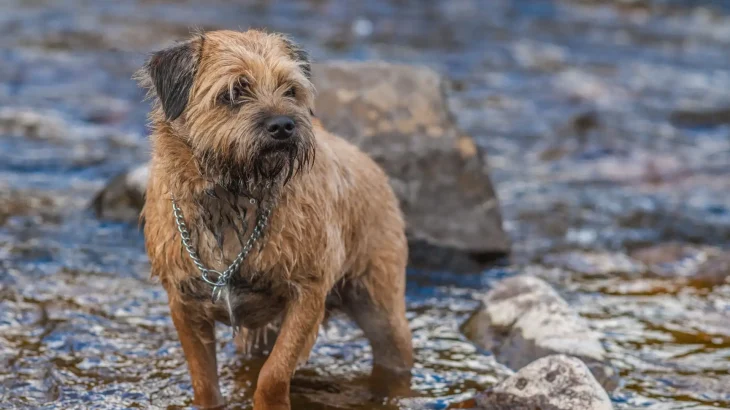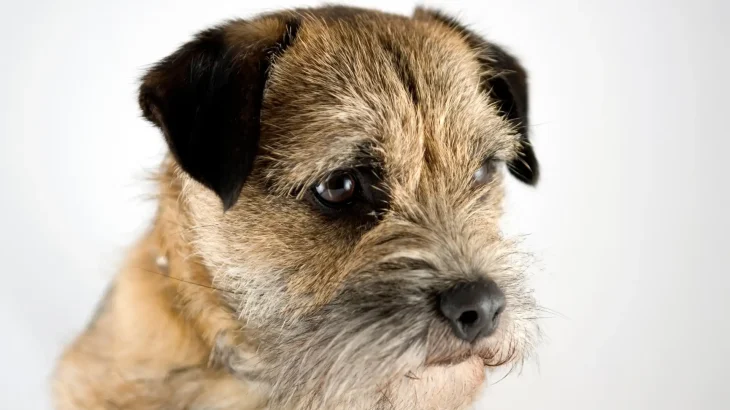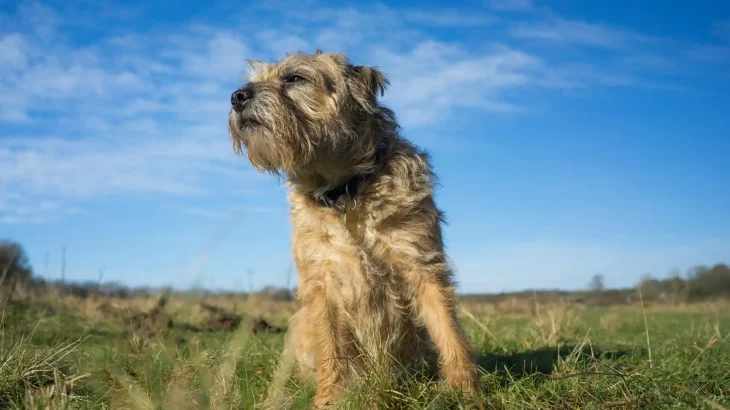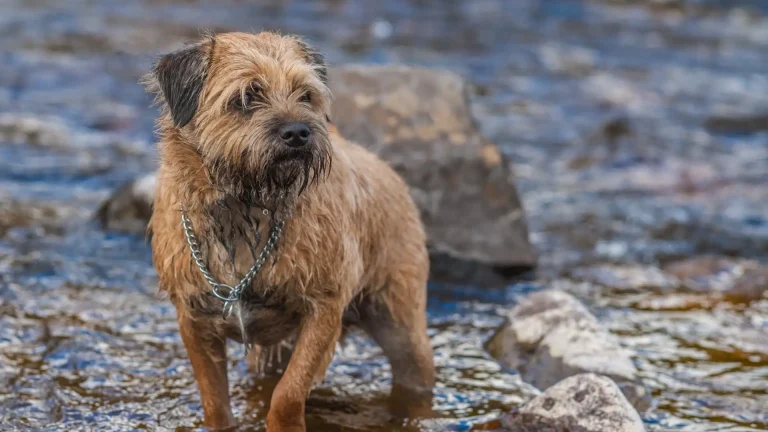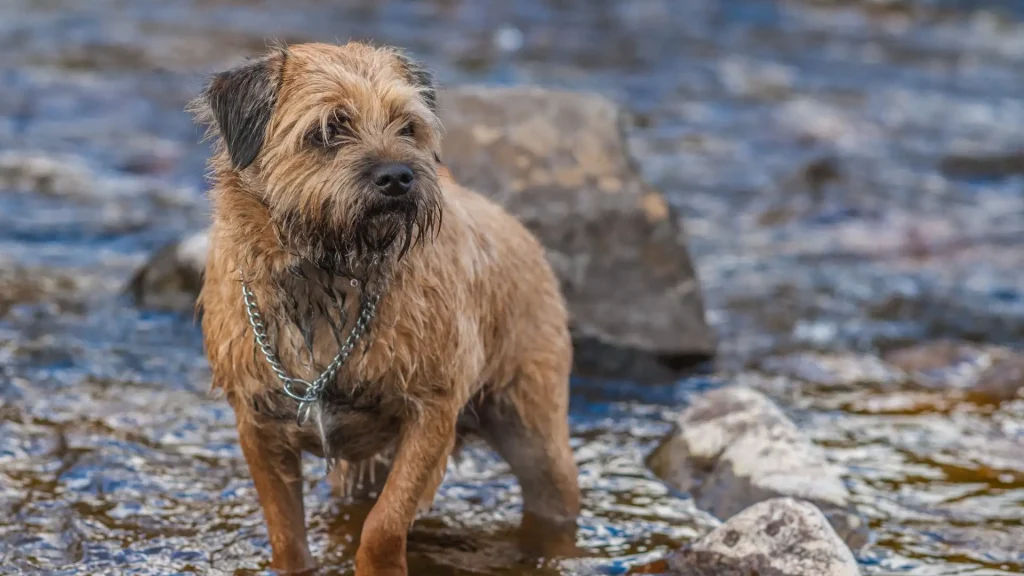When deciding between adopting or purchasing a Border Terrier puppy, there's a balance between knowing the pup's background and supporting ethical practices. Buying from a breeder can offer clearer insight into health and lineage, while adoption provides a chance to give a home to a dog in need. Each choice carries its unique benefits and considerations.
Adoption vs. Breeder: Pros & Cons
| Criteria | Buying from Breeder | Adopting from Shelter/Rescue |
|---|---|---|
| Cost | Typically higher, reflecting pedigree and breeder care. | Usually lower adoption fees, making it more affordable. |
| Health History | Detailed records and genetic screening often provided. | Health background might be limited; basic veterinary checks generally done. |
| Age Availability | Mostly puppies, allowing early bonding and training. | Wide age range, from puppies to adults. |
| Temperament Insight | Breeders can share info on lineage temperament traits. | Behavior info based on shelter observations; full history might be unclear. |
| Supporting Practices | Supports selective breeding programs; important to choose ethical breeders. | Supports animal welfare by providing homes to displaced dogs. |
| Ethical Considerations | Risk of supporting irresponsible breeding if not careful. | Contributes to reducing homeless pet populations. |

